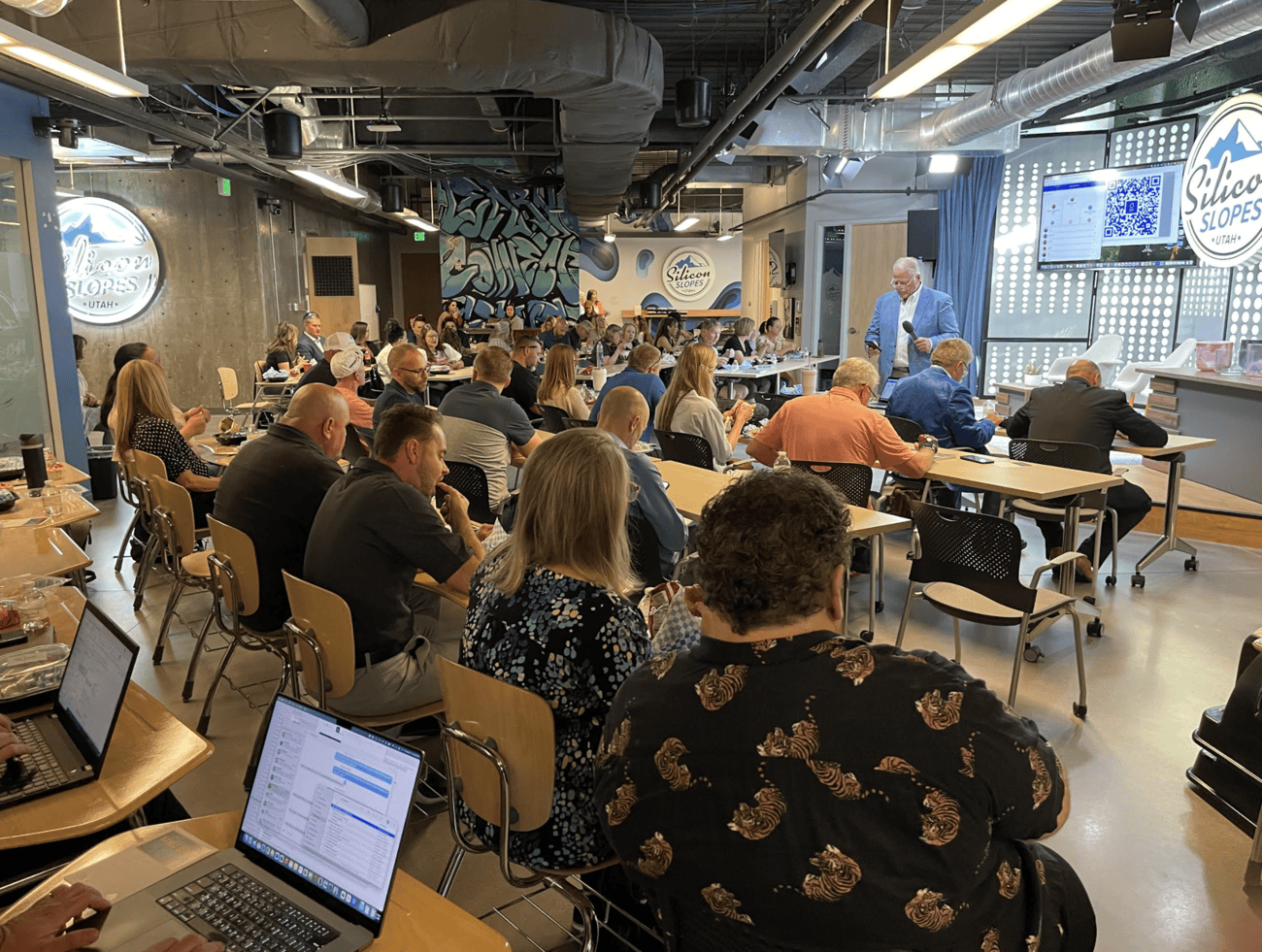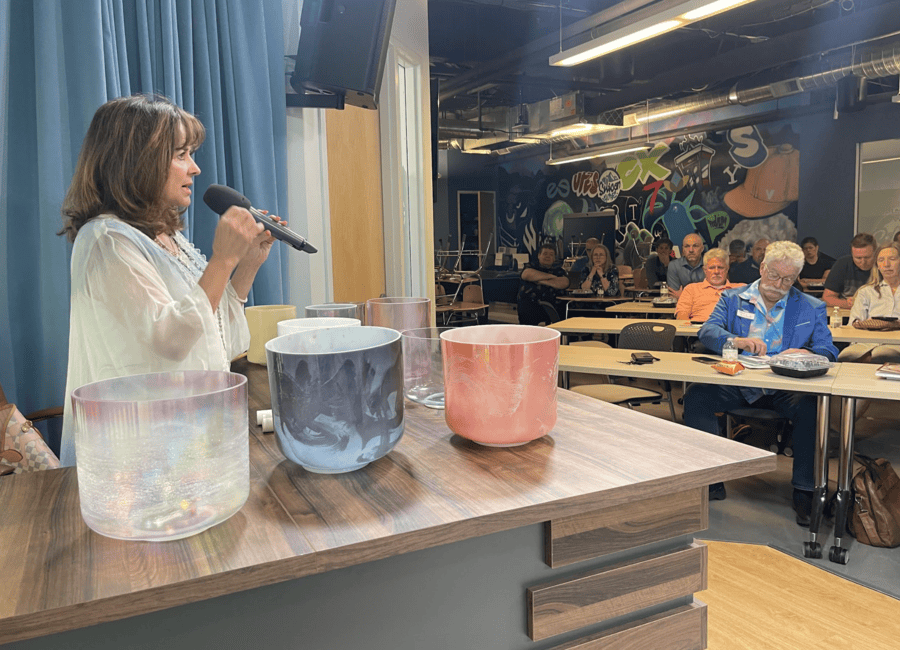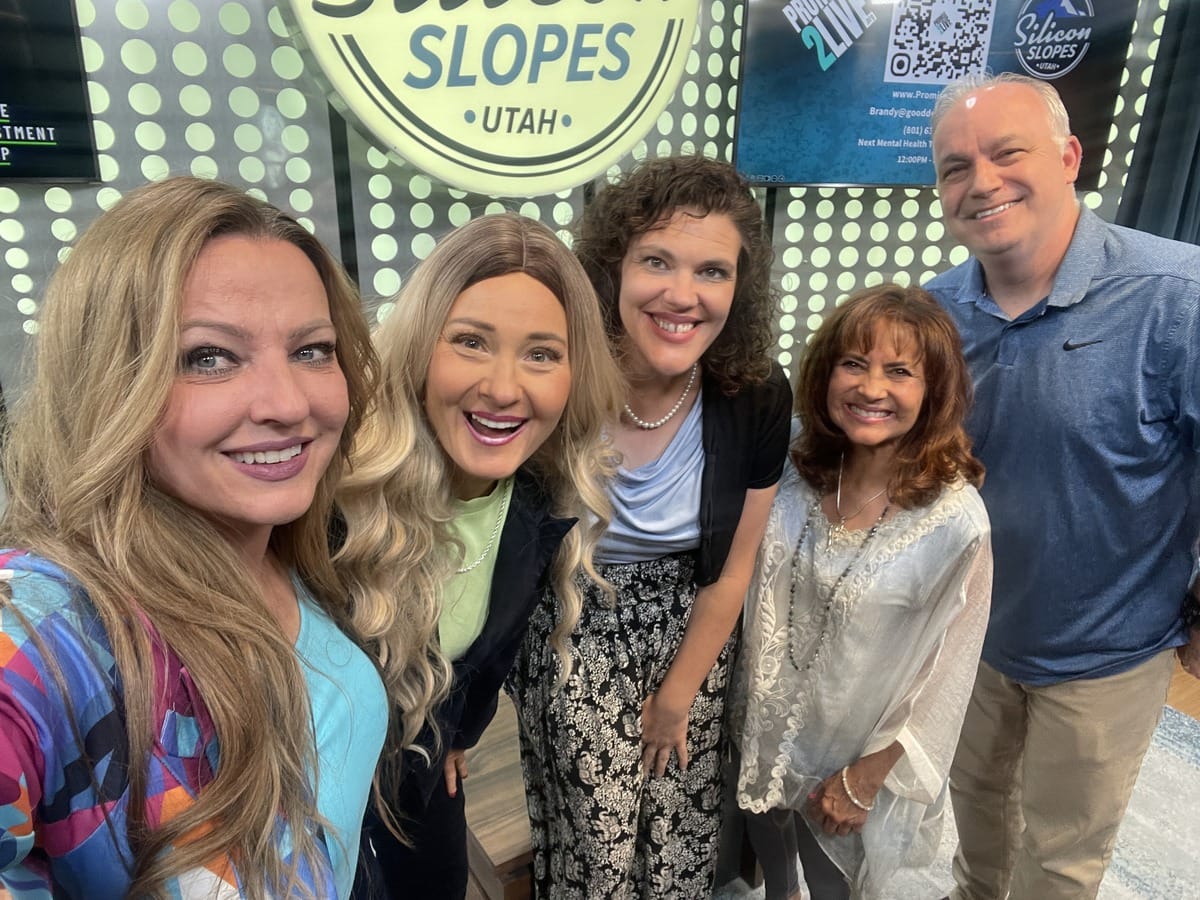

Lehi, Utah - May 23, 2025
In the fast-moving world of mental health innovation, it’s easy to get lost in buzzwords and digital solutions. But sometimes the most effective healing tools are the ones that have stood the test of time. That was the heart of the Promise2Live Mental Health Town Hall hosted at Silicon Slopes yesterday, where participants explored a dynamic blend of traditional and holistic therapies proven to support emotional well-being.
Promise2Live, a Utah-born nonprofit focused on suicide prevention and mental health action, brought together experts from diverse disciplines to deliver not just awareness—but real, tangible help.
Traditional Therapy: Still the Gold Standard
Talk therapy remains one of the most effective and enduring ways to address mental health challenges. It involves structured conversations with a licensed therapist to process emotions, identify patterns, and develop coping strategies. Dr. Dave Morgan, a mental health expert and longtime advocate, reminded the audience that therapy isn't just for moments of crisis—it’s a tool for growth, self-awareness, and long-term resilience.

Beyond Talk: Complementary Healing Practices
While traditional therapy lays the foundation, the Town Hall highlighted several practices that enhance healing in accessible and often overlooked ways.
Sound Healing with Pamela La Luz
Sound healing uses frequencies and vibrations to calm the nervous system, reduce anxiety, and promote inner balance. Pamela shared how specific tones can shift the body out of fight-or-flight mode, helping individuals return to a state of peace and clarity. For many, it’s both a physical and spiritual experience.
Hypnotherapy with Amy Koford, The Happy Hypnotist
Hypnotherapy works by accessing the subconscious to rewrite limiting beliefs and reinforce positive thought patterns. Amy demonstrated how guided hypnosis can reduce stress, improve sleep, and support emotional breakthroughs—all without medication.
Emotional Freedom Techniques with Diantha of Warm Heart Tapping
Often described as “acupuncture without needles,” tapping blends cognitive therapy with pressure-point stimulation. Diantha led exercises to help release trauma, fear, and emotional blockages using the power of intentional touch and focused awareness.

Other Tools Worth Exploring
Beyond the featured therapies, the event spotlighted a range of evidence-based and emerging approaches:
- Cognitive Behavioral Therapy (CBT): A structured form of talk therapy focused on identifying and changing negative thought patterns.
- EMDR (Eye Movement Desensitization and Reprocessing): Often used to treat trauma, EMDR helps rewire how the brain processes painful memories.
- Art and Music Therapy: Creative expression opens new pathways to healing, especially for those who struggle with verbal communication.
- Movement-Based Therapies: Practices like yoga, tai chi, and somatic therapy integrate the body and mind for holistic recovery.
- Psychedelic-Assisted Therapy: Though still emerging, treatments using psilocybin or ketamine under professional supervision are showing promise for depression and PTSD.

What’s Next?
Promise2Live is just getting started. The organization will host its upcoming Gala on May 31 at Thanksgiving Point, honoring lives lost, celebrating stories of survival, and raising funds to expand this life-saving work.
Tickets: https://e.givesmart.com/events/I7u/
One of Promise2Live’s core actions is encouraging people to “make the promise to live”—a simple, personal commitment to reach out if ever in crisis. Research shows that taking this step significantly increases the likelihood of survival.
To learn more, get involved, or access tools that help, visit www.Promise2Live.org.
Interested in sponsoring, volunteering, or bringing this message to your organization or event?
Contact: Brandy Vega at brandy@promise2live.org or 801-637-5416.
Together, we’re shifting from awareness to action—and saving lives in the process.


